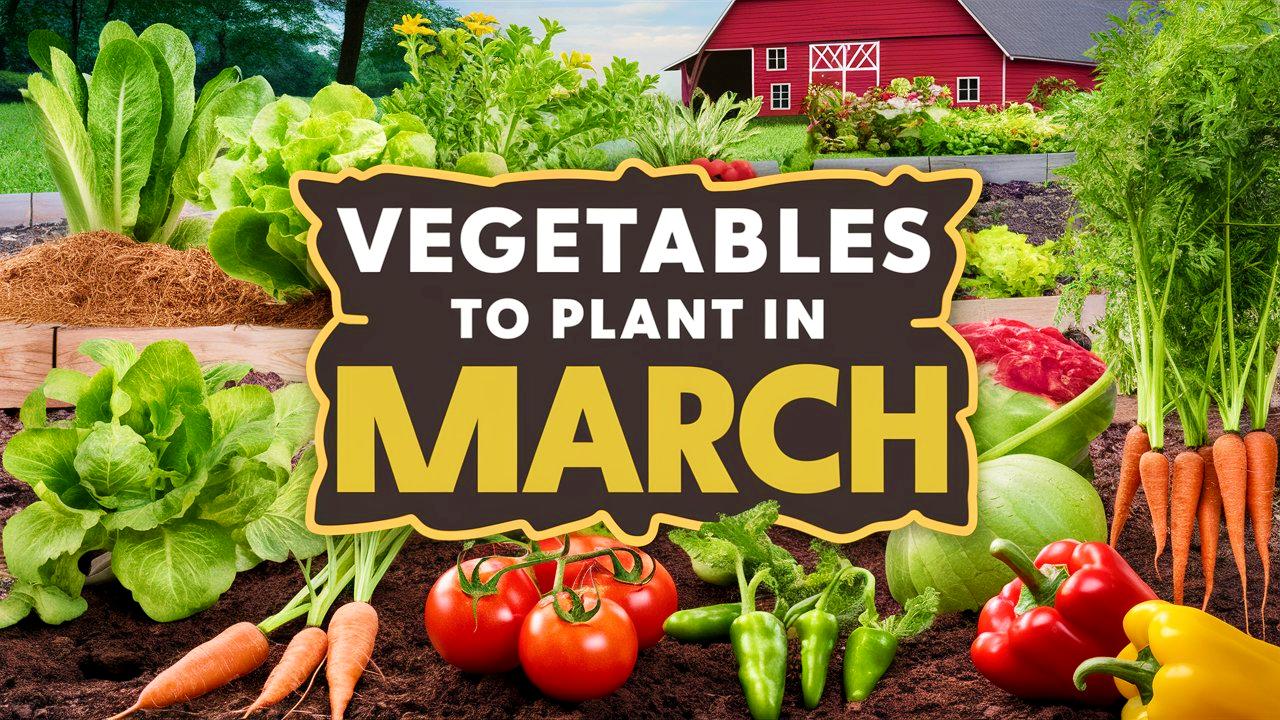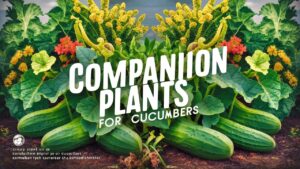March marks a pivotal month in the gardening calendar, especially for beginners eager to get their hands in the soil after a long winter. As the days grow longer and warmer, it’s the perfect time to start planting a variety of vegetables that can thrive in cooler temperatures or be started indoors.
This in-depth guide will walk you through the essential vegetables to consider planting in March, offering insights into their benefits, growing conditions, and care tips.
Spinach
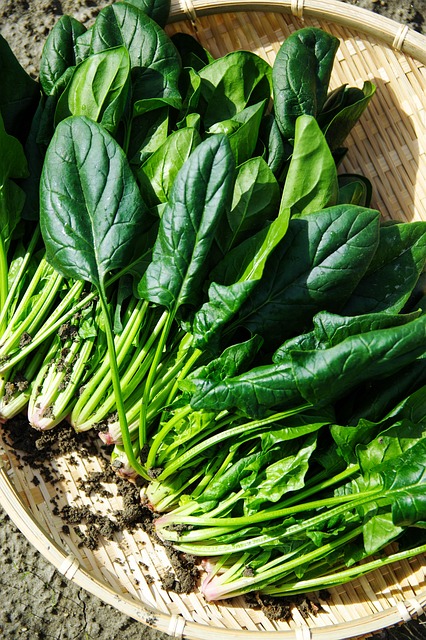
Spinach is a nutrient-dense leafy green adored for its versatility in culinary applications. Ideal for cooler climates, March is a prime time to plant spinach either directly in the garden or in containers. Spinach prefers well-draining, fertile soil and benefits from a pH level between 6.0 and 7.0.
To ensure a successful harvest, consider sowing seeds ½ inch deep, approximately 2 inches apart. Spinach plants will usually germinate within 5 to 10 days, thriving in temperatures ranging between 50°F and 70°F. Regular watering is essential, particularly in warmer months, to keep the soil moist but not soggy. A great aspect of spinach is its short growing cycle; you can begin harvesting baby leaves in as little as 4 to 6 weeks.
Lettuce
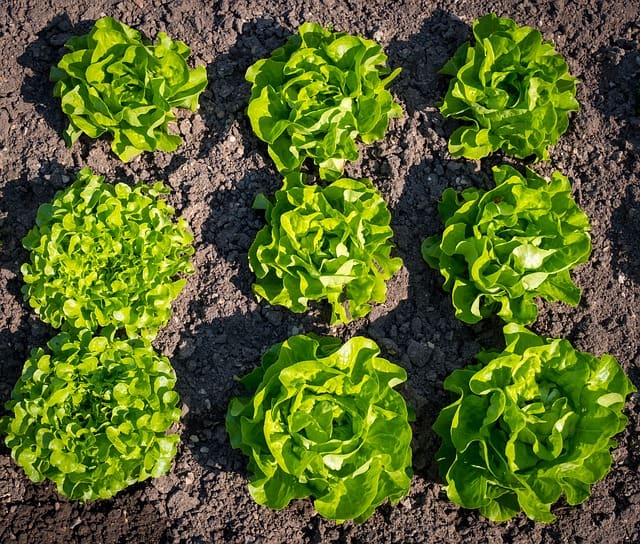
Lettuce is one of the easiest vegetables for beginners to grow and is a fantastic addition to any garden in March. With several varieties to choose from – including butterhead, romaine, and loose-leaf – there’s a type for every palate. Lettuce thrives in cool weather and should be sown in well-draining soil enriched with organic matter.
Sowing seeds at a depth of ¼ inch works well, and seeds can be spaced about 4 to 6 inches apart. Lettuce germinates relatively quickly, typically within 7 to 14 days. Once they’re a few inches tall, you can thin them out to provide adequate spacing. Regular harvesting encourages growth, allowing you to enjoy fresh, homegrown salads from your garden.
Radishes
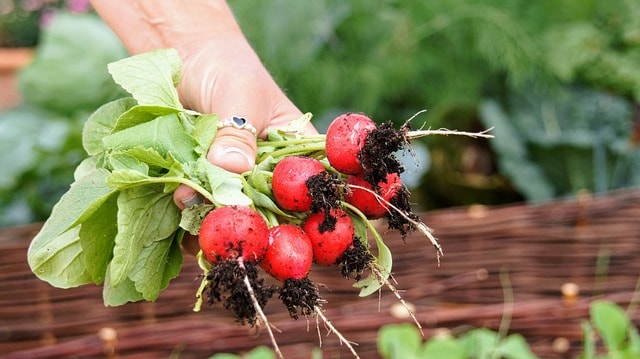
Radishes are one of the fastest-growing vegetables, making them a favorite for novice gardeners. These root vegetables come in various colors and sizes, with a slightly peppery flavor that adds a colorful crunch to salads. March is the perfect month to sow radish seeds directly in the garden as they prefer cooler weather.
Plant the seeds about ½ inch deep and 1 inch apart, ensuring they have enough room to grow. Radishes germinate within 5 to 10 days and are usually ready to harvest in about 3 to 4 weeks. They thrive best in loose, well-draining soil that is free from rocks and debris. Regular watering helps maintain their crisp texture, and you can enjoy them raw, pickled, or roasted.
Carrots
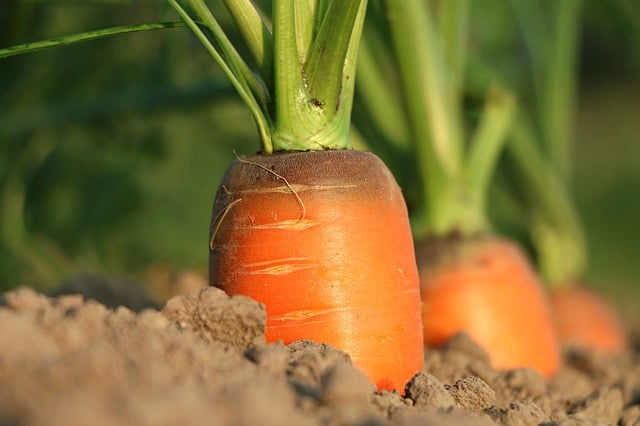
Carrots are a staple in many gardens and can easily be sown in March, as they thrive in cooler weather. These root vegetables require loose, sandy soil free of rocks to facilitate healthy growth. March is ideal since it allows carrots plenty of time to mature before hot weather arrives.
Seeds should be sown ¼ to ½ inch deep and spaced about 2 inches apart. Germination usually takes place within 14 to 21 days, and patience is key, as carrots can take up to 70 to 80 days to reach maturity depending on the variety. Regular thinning is necessary to ensure that each carrot has enough room to grow. Unearthed carrots are delicious raw, steamed, or roasted, making them a versatile crop to cultivate.
Beets
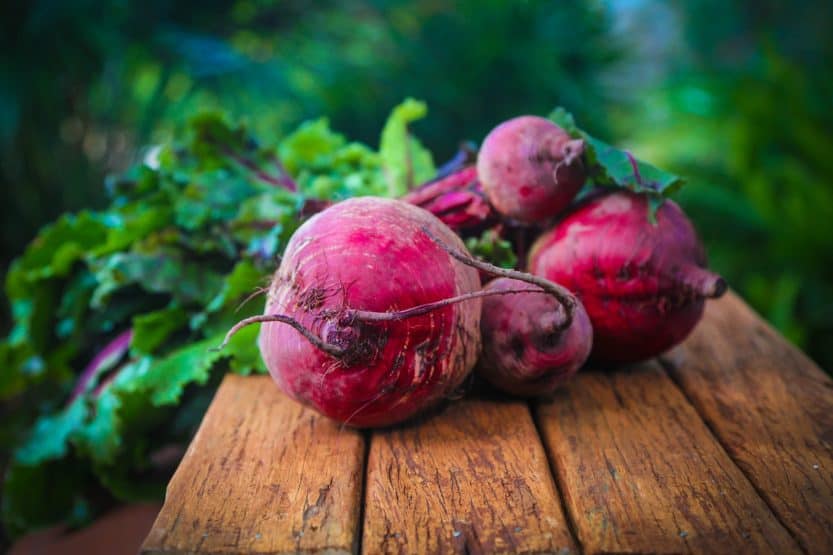
Beets are another excellent option for March planting. They are a cool-season crop and can be consumed both for their roots and greens. With their vibrant color and earthy flavor, beets are not only nutritious but also add visual appeal to any garden. They prefer well-drained, fertile soil with plenty of organic matter.
Plant beet seeds approximately ½ inch deep and 2 inches apart. They typically germinate within 7 to 14 days. For a continuous harvest, consider sowing seeds every few weeks throughout the month. Beets can be harvested when they reach about 1 to 3 inches in diameter, perfect for roasting, grilling, or juicing. Additionally, beet greens are edible and can be sautéed or added to salads.
Peas
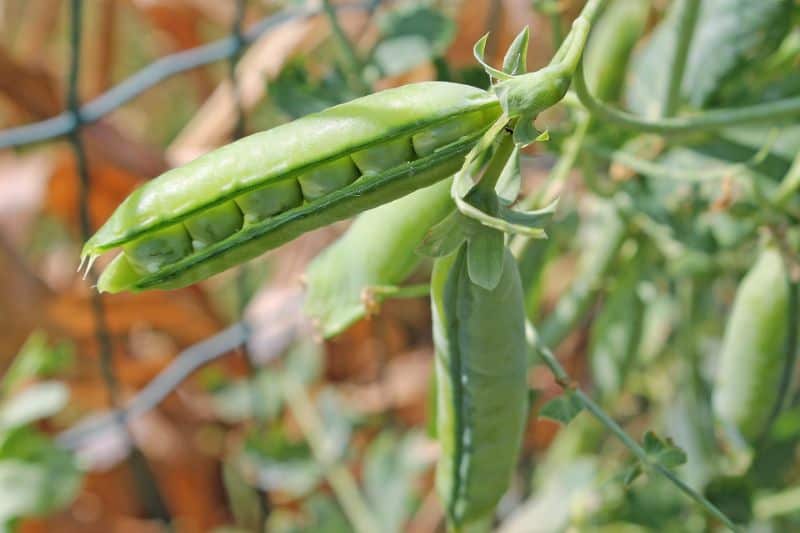
Peas are among the earliest vegetables to plant in March, offering a sweet taste that many gardeners cherish. These legumes thrive in cooler temperatures and require a trellising system for optimal growth, as they are climbing plants. Ensure your garden soil is well-drained with a neutral pH.
Seeds should be sown 1 to 2 inches apart and planted 1 inch deep. Peas can take between 7 to 14 days to germinate, and they grow best in temperatures between 45°F and 70°F. Regular watering is essential, particularly as the harvest approaches. Peas can be eaten fresh, dried, or cooked, making them a delightful addition to any meal.
Kale
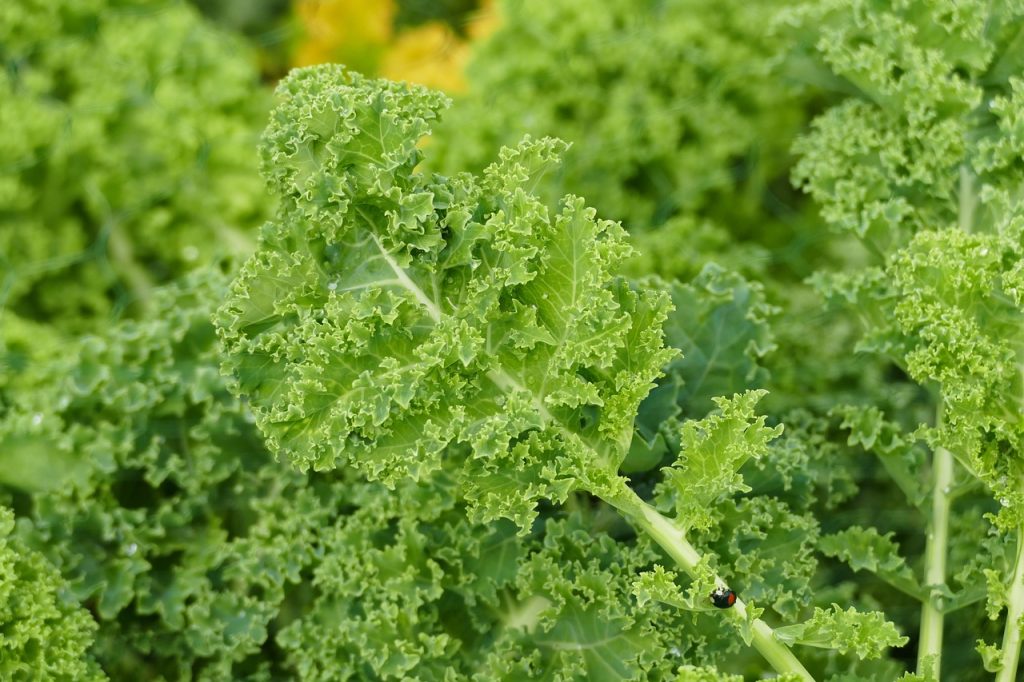
Kale, celebrated for its nutritional benefits, thrives in cooler weather and is perfect for March planting. This leafy green is hardy and can endure light frosts, making it ideal for early spring. Kale prefers rich, well-drained soil and a consistent watering schedule to encourage tender growth.
To plant, sow seeds about ½ inch deep, spacing them 12 to 18 inches apart. Kale seeds generally germinate within 7 to 10 days. As the plants grow, regular harvesting encourages ongoing leaf production. Young kale leaves can be used in salads or smoothies, while mature leaves are excellent for sautés and soups.
Broccoli
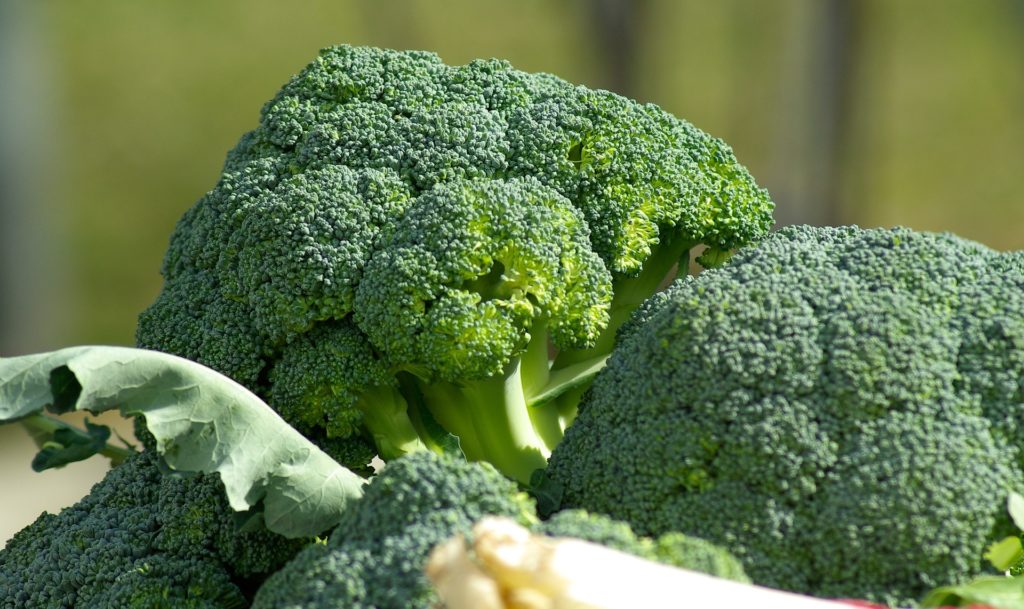
Planting broccoli in March is an excellent choice for beginning gardeners interested in growing nutritious vegetables. This member of the cabbage family prefers cooler temperatures and nutrient-rich soil. Broccoli can be started indoors a few weeks before the last frost date or directly sown outside in early March.
Seeds should be planted ½ inch deep and spaced about 18 inches apart. Germination takes about 7 to 10 days, and it takes approximately 70 to 100 days for broccoli to mature. Consistent watering helps avoid stress, promoting healthy floret development. Broccoli can be harvested when the buds begin to appear but before they bloom into flowers for the best flavor.
Cauliflower
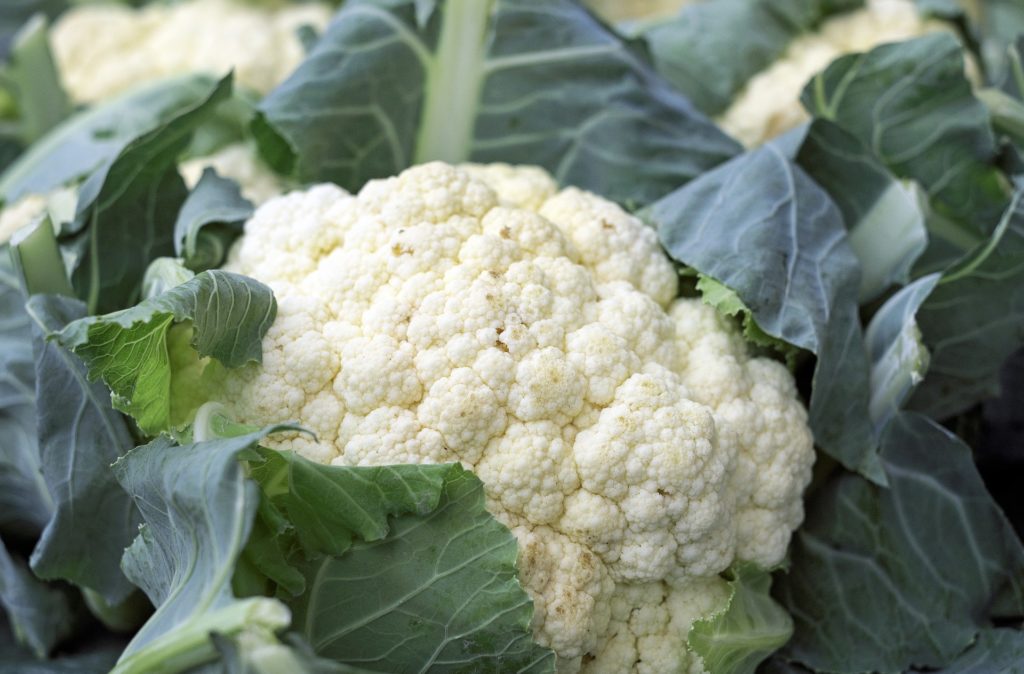
March is the ideal time to plant cauliflower, another cool-season crop that belongs to the same family as broccoli. With its creamy white heads and impressive nutritional profile, cauliflower is a versatile vegetable that can be used in countless recipes. Like broccoli, cauliflower prefers nutrient-dense, well-drained soil.
Seeds should be planted about ½ inch deep, with spacing of 18 to 24 inches between plants. Cauliflower typically germinates within 7 to 12 days, and it can take around 70 to 85 days to reach maturity. It’s important to provide adequate moisture as the heads develop, as stress can lead to poor quality. Harvest your cauliflower when the heads are firm and compact for optimal taste and texture.
Onions
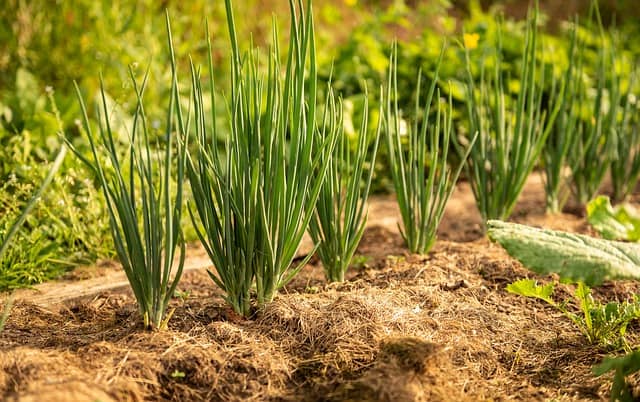
Onions are a staple in most kitchens and are well-suited for March planting. Depending on the variety, they can be grown from seeds, sets, or transplants. Onions enjoy full sun and well-draining soil enriched with organic matter.
When planting onion sets, place them about 1 inch deep with the pointed end facing up, spacing them 4 to 6 inches apart. Germination time for onion seeds varies, but they typically sprout within 7 to 14 days. Onions can take anywhere from 90 to 120 days to mature, depending on the variety. Regular watering is essential, particularly as the bulbs begin to swell for a successful harvest.
Leeks
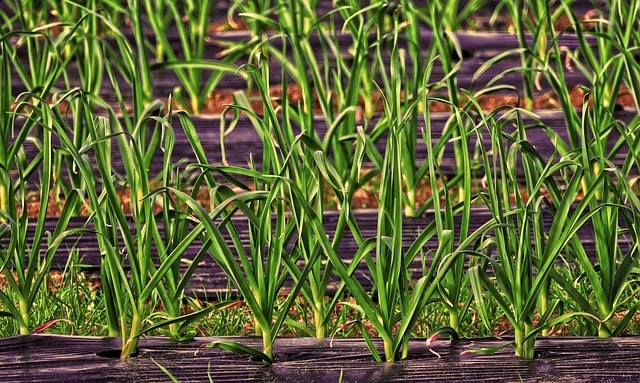
Leeks are another allium-related vegetable that thrives in cooler weather. These mildly flavored onions are versatile in the kitchen and can add depth to soups, stews, and roasts. Since leeks have a longer growing season, March is an excellent time to start them.
Plant leek seeds indoors if you want an early start or sow them directly outdoors about ½ inch deep and 4 to 6 inches apart. Leeks can take anywhere from 100 to 150 days to mature. Young leeks can be harvested earlier for use in salads, but allow them to grow larger for use in more substantial dishes. Adequate watering and consistent care lead to successful, tender leeks.
Parsnips
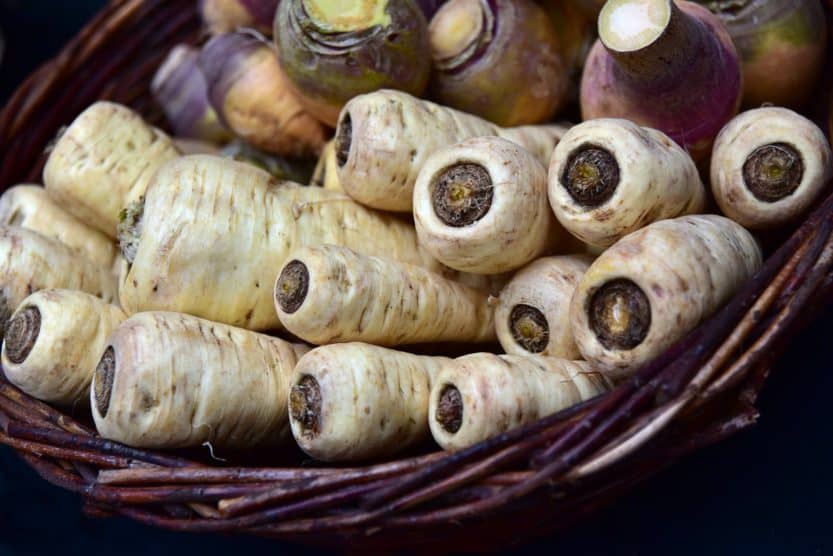
Parsnips are a sweet, nutritious root vegetable that thrive in cool temperatures and can be planted in March. They require a long growing season, so patience is essential when growing parsnips. Good soil preparation is vital; they prefer deep, loose soil to prevent stunted growth.
Seeds should be sown about ½ inch deep and spaced 2 to 4 inches apart. Germination, which can take 14 to 28 days, may be delayed as soil temperatures remain cooler. Once the seedlings emerge, regular thinning is necessary to provide adequate spacing. Harvest parsnips after the first frost, as this will enhance their natural sweetness. They can be roasted, mashed, or added to soups and stews.
Turnips
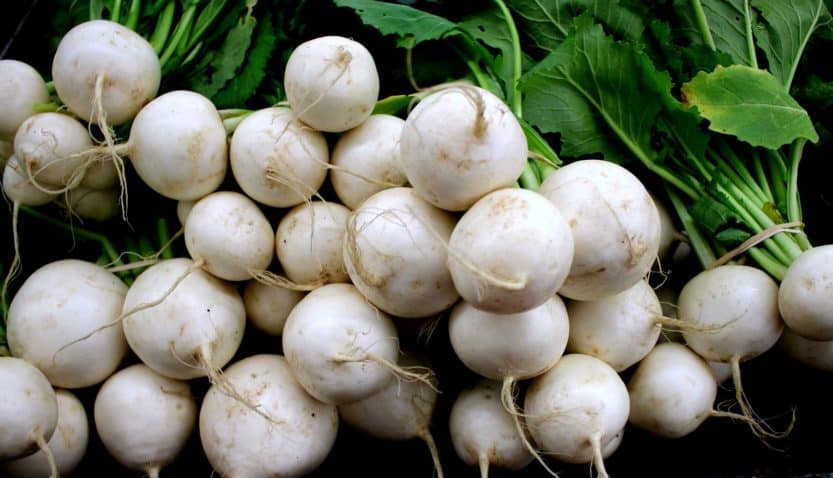
Turnips are versatile root vegetables that can be planted in March. These hardy vegetables are swift to mature and can be enjoyed when they are still tender. They prefer a well-draining soil enriched with organic matter for optimal growth.
Plant turnip seeds about ½ inch deep and space them 3 to 4 inches apart. Germination occurs relatively quickly, within 7 to 10 days. Turnips are generally ready for harvest within 30 to 60 days, depending on the variety. The greens are also edible and can be incorporated into salads or cooked as a side dish. Regular watering ensures healthy growth, resulting in delicious, crisp turnips ready for your table.
Swiss Chard
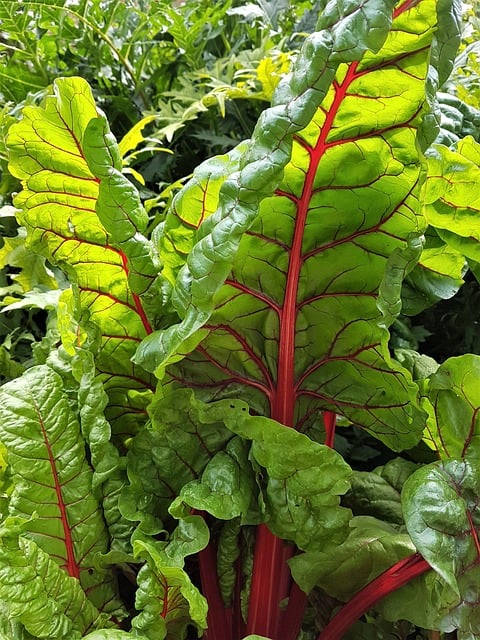
Swiss chard is a vibrant leafy green that can be successfully planted in March. Known for its striking ribbed stalks and nutrient-rich leaves, Swiss chard is a fantastic choice for beginner gardeners. It thrives in full sun and prefers well-drained, nutrient-rich soil.
Sow seeds about ½ inch deep and 4 to 6 inches apart. Germination typically occurs within 7 to 14 days. Swiss chard can be harvested continuously throughout the growing season by picking the outer leaves, allowing the plant to keep producing. The young leaves are excellent in salads, while the mature leaves can be sautéed or added to a variety of dishes.
Cabbage
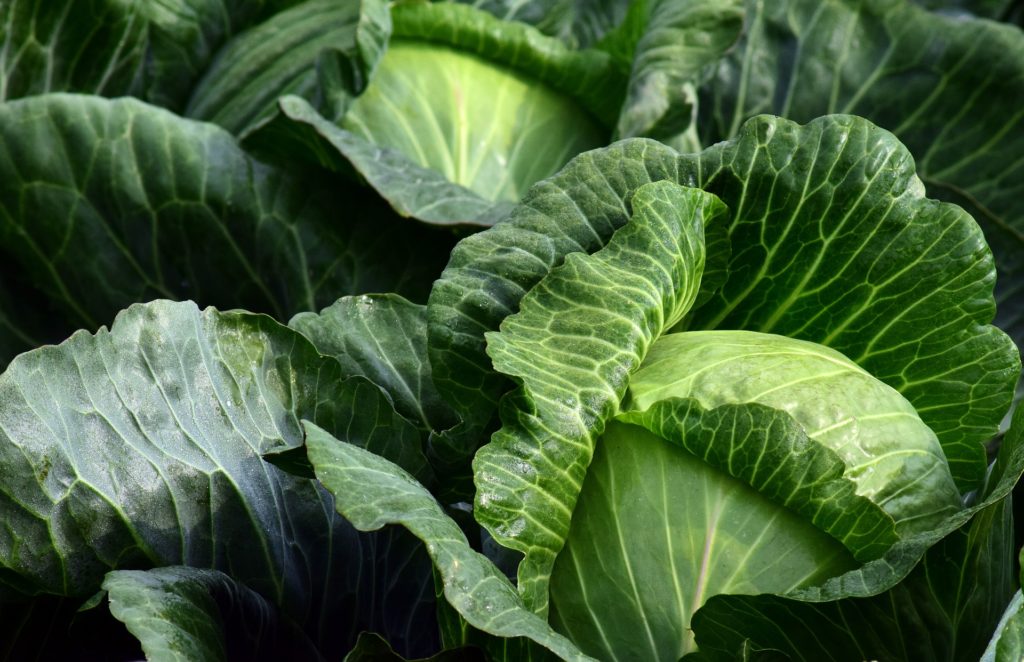
Cabbage is a robust, nutrient-dense vegetable that does well when planted in March. With its dense heads and various cultivars, cabbage is versatile in the kitchen and a reliable grower for beginners. Cabbage prefers well-draining soil enriched with compost and requires consistent moisture during its growing cycle.
Seeds should be planted about ½ inch deep and spaced 12 to 24 inches apart, depending on the variety. Germination takes approximately 7 to 14 days, and cabbage takes around 70 to 120 days to mature. When harvesting, pick the heads when they feel firm. Cabbage can be enjoyed fresh in salads, fermented into sauerkraut, or cooked in a variety of dishes.
Collard Greens
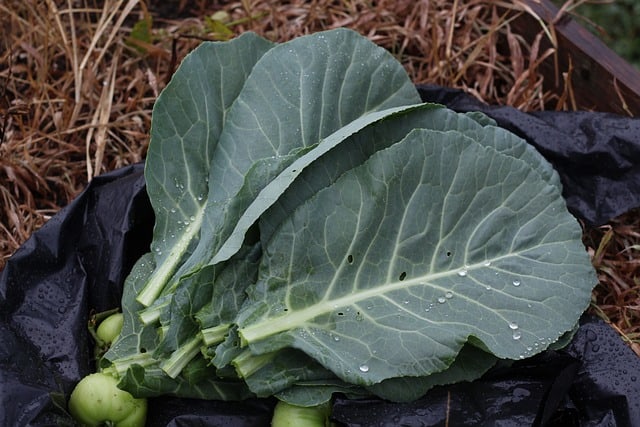
Collard greens are a staple in Southern cooking and thrive in cooler weather, making March an ideal planting month. These leafy greens are nutrient-dense and can withstand frost, which can enhance their flavor. Collard greens prefer well-drained, fertile soil.
Sow seeds about ½ inch deep and space them 12 to 18 inches apart. They usually germinate within 7 to 14 days, and you can harvest them from young leaves for a milder flavor or wait until they mature for a heartier green. Collard greens can be enjoyed raw, sautéed, or boiled, making them a fantastic addition to a variety of meals.
Brussels Sprouts
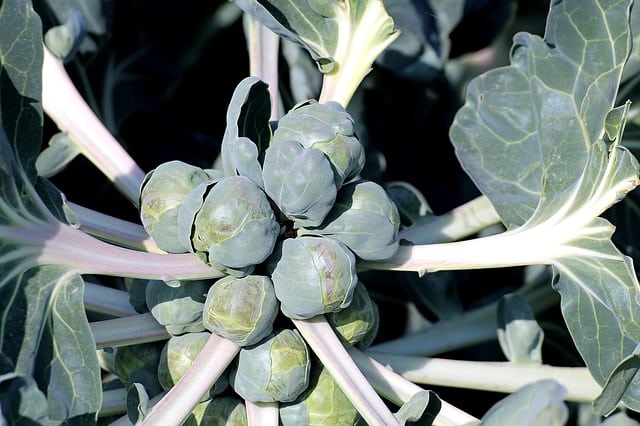
Brussels sprouts are a cool-season crop that benefits from a late March planting, particularly in areas with mild springs. This vegetable takes time to mature but rewards gardeners with sweet, tender sprout heads. They require rich, well-draining soil, ideally amended with compost.
Plant seeds about ½ inch deep, leaving around 24 inches of space between plants. Germination typically occurs in 7 to 14 days, and Brussels sprouts can take up to 90 to 100 days to mature. Regular watering is necessary, and as the plants grow, be sure to remove any lower leaves to enhance air circulation. Harvest when the sprouts are firm and about 1 inch in diameter for the best flavor.
Fennel
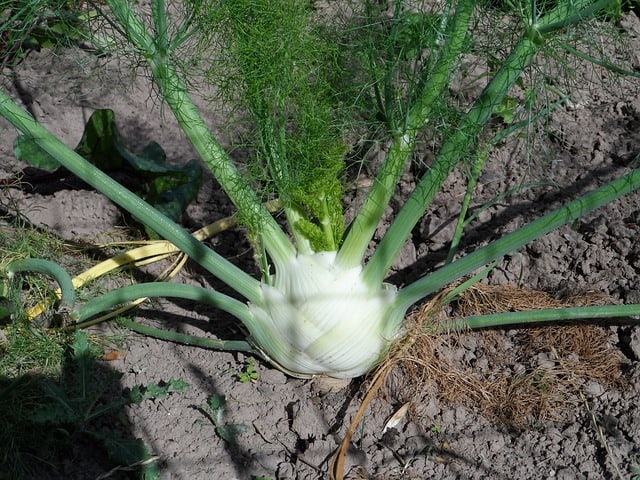
Fennel is a unique herbaceous vegetable that can be planted in March. Known for its distinctive flavor reminiscent of licorice, fennel can be used for culinary dishes or eaten raw. This versatile plant thrives in well-drained soil enriched with organic matter.
Sow fennel seeds about ¼ to ½ inch deep, spacing them 12 to 18 inches apart. Fennel typically germinates within 10 to 20 days, and the bulbs can be harvested when they reach a size of about 3 to 4 inches in diameter. Regular watering is crucial to prevent bolting and produce tender bulbs. Fennel can be grilled, roasted, or used fresh in salads, presenting numerous options for your meals.
Mustard Greens
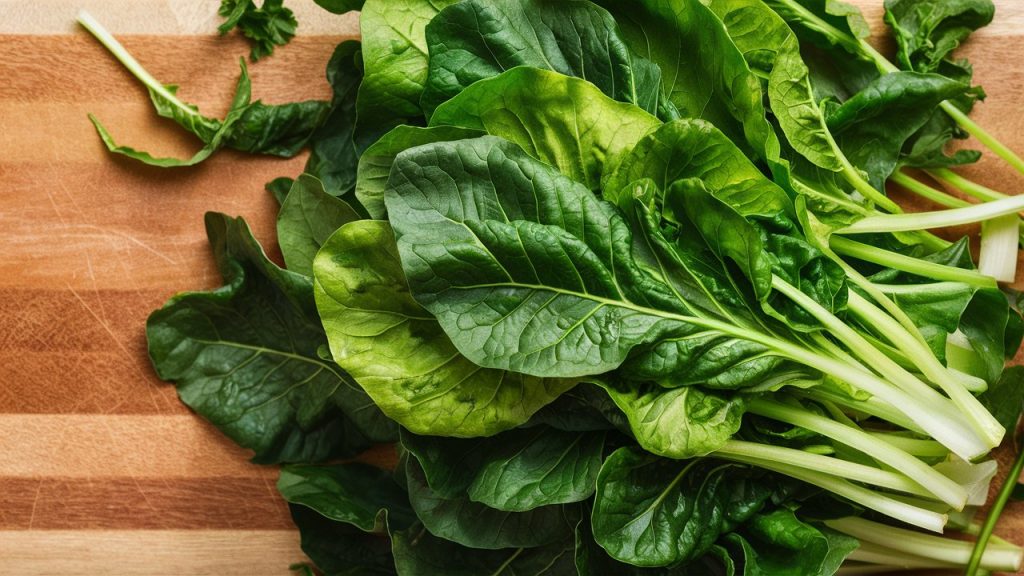
Mustard greens are leafy vegetables known for their spicy flavor, making them an exciting addition to an early spring garden. They thrive in cool temperatures and can be directly sown in March. Mustard greens prefer well-draining soil enriched with organic material to promote healthy growth.
Plant seeds about ¼ inch deep and space them around 6 inches apart. Germination typically occurs within 5 to 10 days, and mustard greens can be harvested 30 to 60 days after planting. You can enjoy them sautéed, steamed, or raw in salads for a peppery kick. They’re an excellent choice for those looking to diversify their leafy green options.
Asparagus
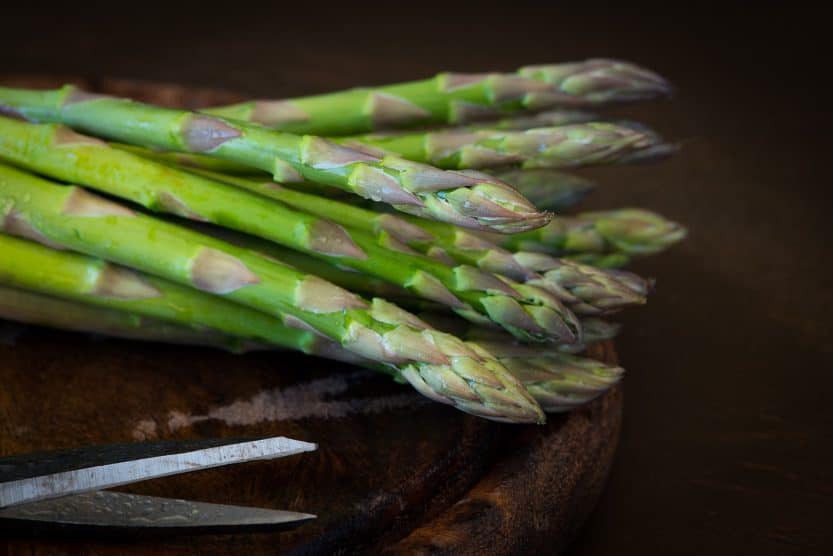
Asparagus is a perennial vegetable that requires patience, as it takes a couple of years to establish before you can begin harvesting. March is ideal for planting asparagus crowns in well-drained, nutrient-rich soil. Once established, asparagus can produce for 15 years or more, making it a great investment for your garden.
Dig trenches about 6 to 8 inches deep and plant the crowns with the buds facing upward, covering them with soil. Space the crowns about 18 inches apart. As asparagus grows, ensure consistent watering to support its deep root system. During the first few years, it’s best to let the spears grow and develop into ferns to build strength. After the establishment period, you’ll enjoy fresh asparagus every spring.


